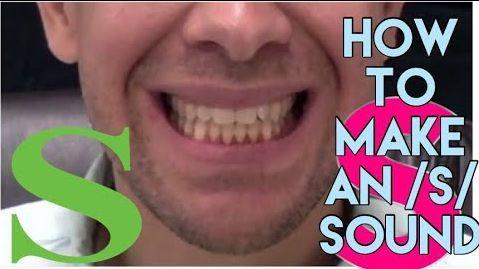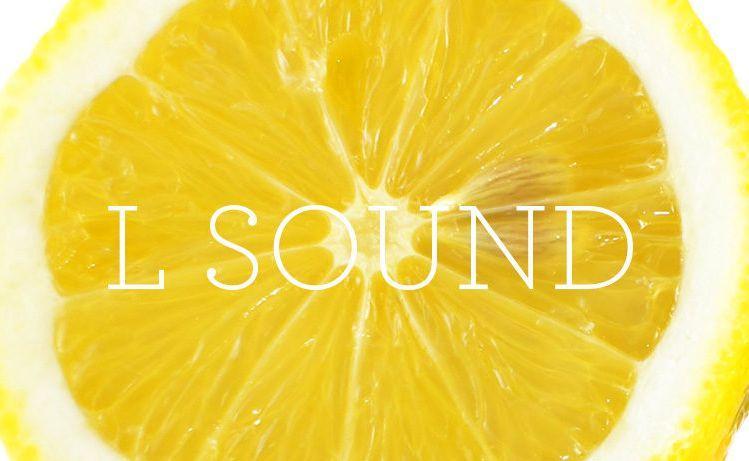Articulation Tips
Learning to make the R sound is one of the most difficult tasks for students in my Speech Therapy sessions. This video will give you some great pointers on how you could help your children work on this sound outside of our therapy sessions.
Some things to keep in mind while working on the R sound is to practice with your child on the pure "er" sound of R. Don't try to combine it with vowel sounds or extra syllables while first learning the sound. The tongue must be tight, raised upward, and toward the back of the mouth.

Have your child simply listen quietly as you say this list of words slowly and clearly. Don't have your child repeat the words, just listen. I suggest that you read through the following list of words daily as your child listens to your productions of the R sound at the beginning of these words:
raw rat red rain
rake rent rose roof
raft ride ring wreck
rock rust right run
Here are a few books that feature lots of R sounds that you can use for your child to listen to as you read. Later in therapy, these books also serve as a great practice tool for saying the R sound.
Initial R Books:
The Big Red Farm by Cristianne C. Jones
A Rainbow of My Own by Don Freeman
The Little Mouse, the Red, Ripe Strawberry, and the Big Hungry Bear by Don & Audrey Wood
Vocalic R Books:
Aaron's Hair by Robert Munsch
Are You My Mother? by P.D. Eastman
Bear Feels Scared by Karma Wilson
_____________________________

Errors on the S sound are very common with school-aged children. Errors are typically categorized as either a frontal lisp or a lateral lisp. A frontal lisp means the tongue is protruding through the front teeth as opposed to the teeth being closed and the tongue staying behind them inside the mouth. The frontal lisp creates a "TH" sound rather than an "S" sound. A lateral lisp is when the tongue is incorrectly placed and the air stream spills over the sides of the tongue and molars, creating a "slushy" sound. This video will give you some very helpful information regarding the correction of S sounds:https://youtu.be/kTAtVWsvhNA
Have your child simply listen quietly as you say this list of words slowly and clearly. Be sure your child watches your mouth to see how your teeth touch lightly together for each S sound. Don't have your child repeat the words, just listen. I suggest that you read through the following list of words daily as your child watches and listens to your productions of the S sound at the beginning of these words:
so soft sun sale
sock set sand city
sink seal seven same
sing safe sign soda
Here are a few books that feature lots of S sounds that you can use for your child to listen to as you read. Later in therapy, these books also serve as a great practice tool for saying the S sound:
Initial S Books:
Silly Sally by Aubrey Wood
Final S Books:
The Day the Goose Got Loose by Reeve Lindenbergh
_____________________________

Many students in Kindergarten and 1st grade have errors on L sounds. These students will typically make a W sound using their lips instead of an L sound using their tongue. When this happens, a word like "ladder" becomes "wadder". This video will give you some helpful information regarding how to correctly produce an L sound: https://youtu.be/9-K3nLUThBE
Have your child simply listen quietly as you say this list of words slowly and clearly. Don't have your child repeat the words, just listen. I suggest that you read through the following list of words daily as your child watches and listens to your productions of the L sound at the beginning of these words:
leg late lunch late
leap lamb last leaf
left lip line log
like lane laugh look
Here are a few books that feature lots of L sounds that you can use for your child to listen to as you read. Later in therapy, these books also serve as a great practice tool for saying the L sound:
L Books:
The Grouchy Ladybug by Eric Carle
Llama, Llama, Red Pajama by Anna Dewdney
It Looked Like Spilt Milk by Charles Shaw
______________________________

